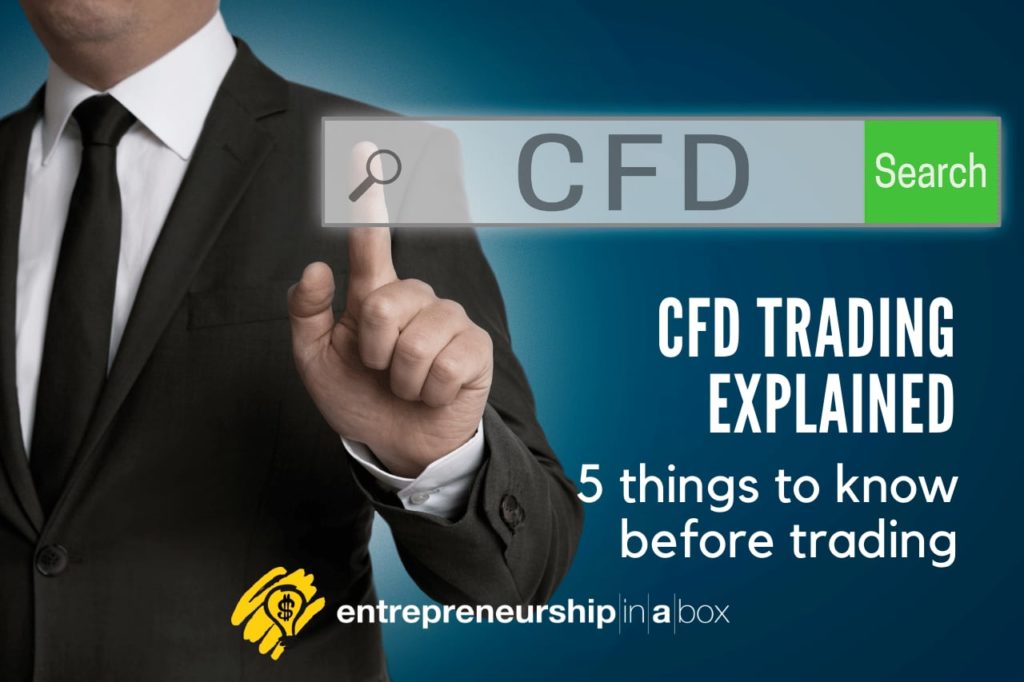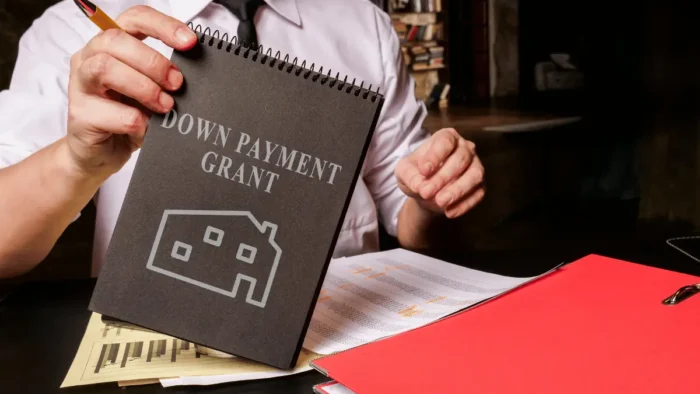CFDs open up a world of opportunity for investors, providing the potential to generate returns even in a bear market. However, it’s a type of trade that carries a substantial risk if you don’t fully understand how they work.
Before you start trading CFDs, you’ll need to formulate a clear strategy, and these five factors will be essential. There are several useful guides and CFD trading explained online to read up on.
#1: Profit From Falling Markets
In a market where the values are sliding south, it can be hard to find an investment that generates a return, at least in the short term. CFDs are one of the exceptions, allowing you to reap the rewards whichever way the market is moving.
This is one of the most significant benefits of CFDs as you can speculate on the direction a price will move. However, you will have to get your forecast right, or else you could be in the bizarre situation of losing money because of the price going up.
For example, if you believe the value of a particular stock is going to tumble, you would go short. It means you would profit if the price drops further. However, if your prediction is wrong, and their value starts to climb, it will be a losing trade.
Due to the ability to go short, CFDs are often used in a portfolio to hedge against short-medium term business losses.
#2: Check the Spread
The spread offered can significantly influence the amount of profit you make. The spread is the distance between the buying and selling price. Your trade will have to move more than the spread before you reap any benefit.
Wherever possible, look for a narrow spread to maximize your profits.
#3: You Can Lose More Than Your Deposit
Unlike traditional investments in stocks and shares, your losses aren’t capped by your original investment. When you place the trade, you will specify the value for each point of movement. If the trade moves in the right direction, you’ll earn the agreed amount per point of movement. Conversely, if the trade goes in the wrong direction, you’ll lose the same sum per point of movement.
Markets can be very volatile and move quickly, making it possible to rack up huge losses in a short space of time. It’s therefore essential to understand from the outset that CFDs present a risk and you could lose more than you initially deposit. But there is some help available: stop-loss orders. We’re going to go onto them next…
#4: You Can Use Stop Loss Orders
Before you place a trade, you can decide to limit your losses. You do this by placing a stop-loss order. This automatically tracks the market, and as soon as it touches a pre-determined point, it will automatically close your position.
Stop-loss orders prevent losses from rapidly racking up and also guard against an irrational urge to wait it out.
#5: Never Chase Losses
With CFDs, you won’t always walk away with a profit. It can be tough psychologically as it’s instinctive to keep trying until you win. However, the sensible thing to do is have a clear strategy in place that you stick to, complete with a stop-loss order to protect against swinging loss.
It is difficult to accept a loss, but by knowing when to quit, you’ll make sure you keep enough of your funds to try again another day.



